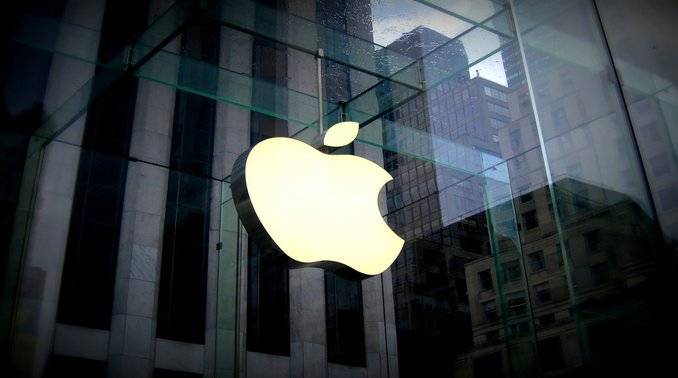The Wisconsin Alumni Research Foundation (WARF) won against Apple Inc. when it was found by federal jury that Apple has incorporated the technology of WARF’s patent (U.S. Patent No. 5,781,752 (patent ‘752)) into the A7,A8 and A8X processors used in the iPhone 5s, 6, and 6 Plus. The jury concluded that Apple has violated the ‘752 patented idea into its products to achieve enhanced efficiency and speed of computer processing without WARF’s permission and ordered Apple Inc. to pay WARF of $234 million in damages.
The ‘752 patent, entitled “Table Based Data Speculation Circuit for Parallel Processing Computer,” was filed on December 26, 1996, and issued on July 14, 1998. The listed inventors were Drs. Andreas I. Moshovos, Scott E. Breach, Terani N. Vijaykumar, Gurindar S. Sohi. Plaintiff WARF was listed as the original assignee. WARF maintains that the named inventors conceived of the claimed invention no later than December 11, 1995.
The WARF patent discloses about a speculative prediction circuit, capable of governing “out of order execution” of instructions under some special situations which may result in increased efficiency since it allows the processor to use free time to execute other instructions that are ready to be processed. The out-of-order execution of instructions without knowing if there is an actual dependency between them is known as “speculation” or “speculative execution,” because the processor speculates that there is no actual dependency. Speculation could be advantageous if it turns out to be correct; then the out-of-order execution would yield the correct result and the performance would improve.
Adding to the aforementioned, the patent discloses a “three-tiered approach” to deal with “ambiguous dependency”. The first tier is about a predictor based on the past history of mis-speculations. With respect to the second tier, the patent speaks of a predictor circuit that may identify data dependencies on an on-going and dynamic basis and the third part of the patent describes a synchronization table which indicates whether there is in fact a pending instruction awaiting its dependent instruction.
Overall, WARF patent’s concepts specifically deal with keeping a small database of past failures of the predictions, applicable to various parallel execution concepts. It was a hot topic of design theory years ago, and is a staple of all modern CPU designs today.
Apple had argued against WARF stating that its patent was invalid. However, the U.S. District Court jury negated Apple’s claim, stating that the patent was valid and that infringement on Apple’s part had taken place.
After a long deliberation of three and a half hours, the jury returned with the decision that Apple is liable to pay $234 million for infringing WARF’s patent. The same patent was the center of a lawsuit filed by WARF against Intel, which resulted in the latter paying $110 million in damages.



